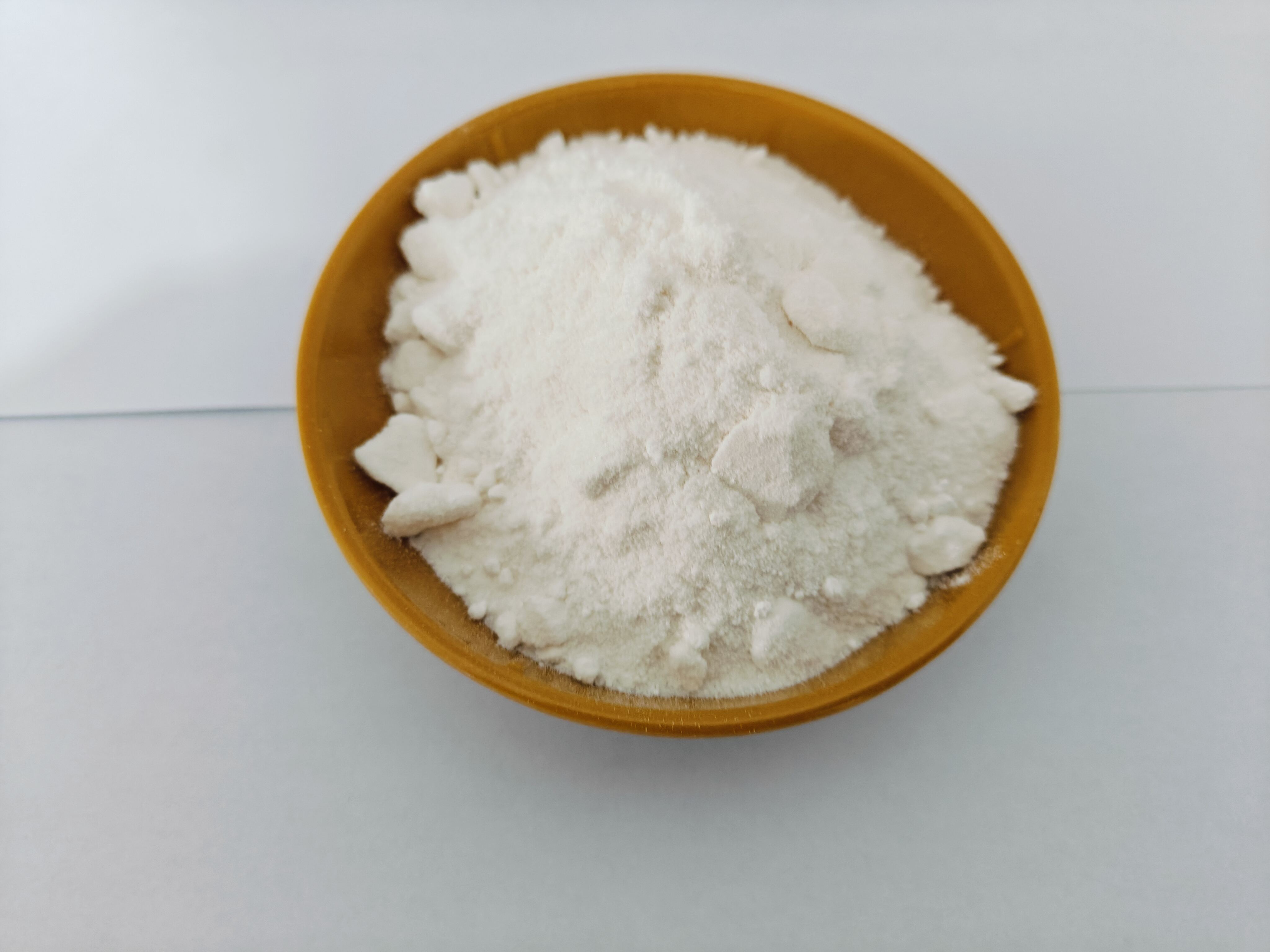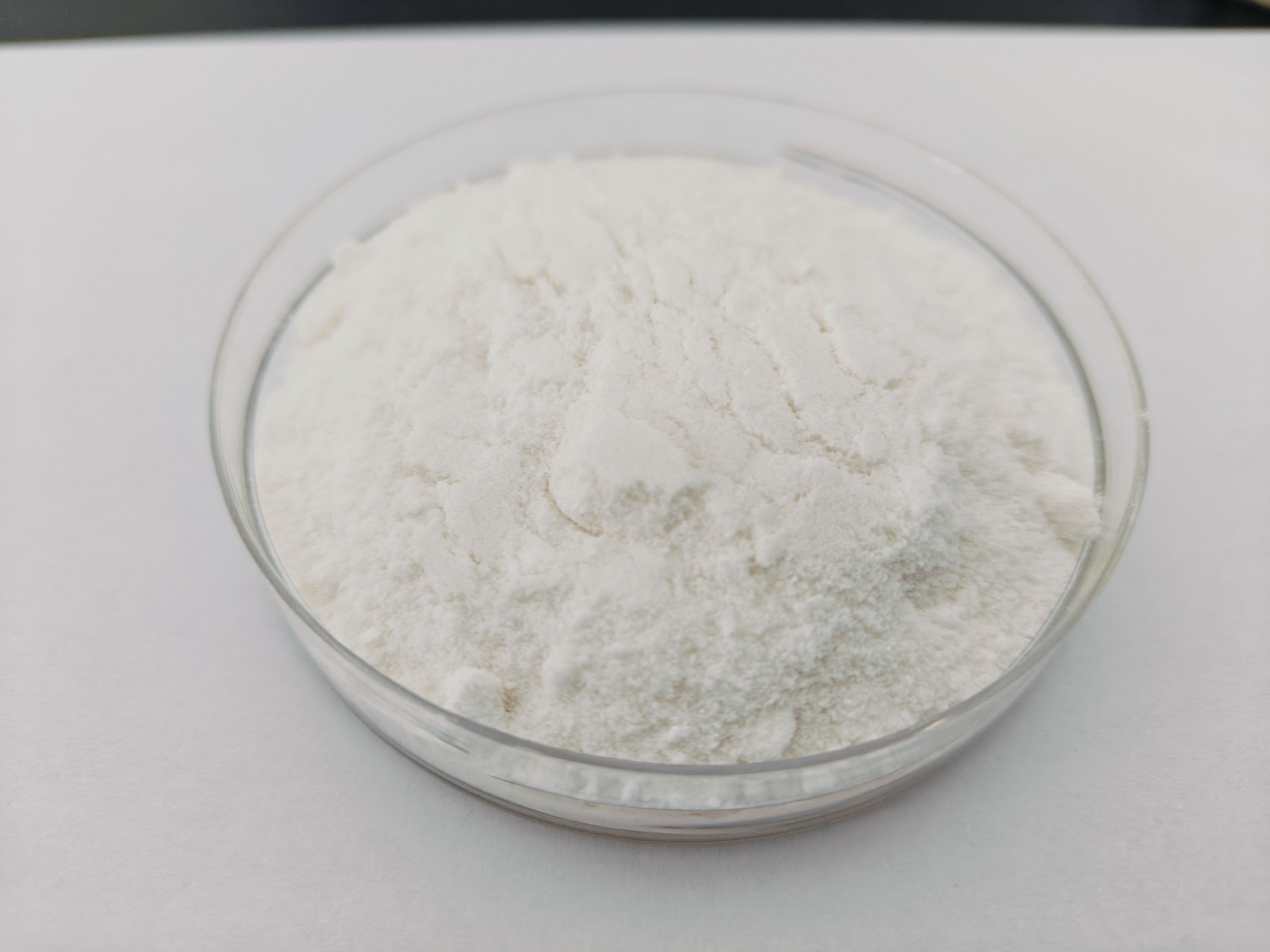تعظيم الكفاءة التصنيعية من خلال تقنيات المحفزات المتقدمة
تُعد تحسينات محفزات الشفاء EMC تقف في طليعة التميز في التصنيع الحديث. تلعب هذه المركبات الكيميائية المتخصصة دورًا حيويًا في عملية مركب الصب الإبوكسي (EMC)، وتؤثر بشكل مباشر على جودة وكفاءة تغليف المكونات الإلكترونية. ويمكن أن يؤدي فهم كيفية استخدام وتحسين محفزات علاج مركب الصب الإبوكسي (EMC) بشكل صحيح إلى تحسين النتائج الإنتاجية بشكل كبير، مع الحد من التكاليف وتعزيز موثوقية المنتج.
في بيئة التصنيع التنافسية اليوم، أصبح تنفيذ محفزات علاج المركبات العضوية المعدنية (EMC) بشكل صحيح أمرًا متزايد الأهمية. لا تُسرّع هذه المحفزات عملية العلاج فحسب، بل تؤثر أيضًا على الخصائص النهائية للمكونات المصبوغة، مما يجعل تحسينها ضروريًا لتحقيق نتائج متفوقة في تطبيقات التغليف الإلكتروني.
فهم أساسيات محفزات علاج المركبات العضوية المعدنية (EMC)
التركيب الكيميائي والآليات
تتكون محفزات علاج المركبات العضوية المعدنية (EMC) عادةً من مركبات عضوية معقدة مصممة لبدء وتحكم تفاعل الربط العرضي في راتنجات الإيبوكسي. وتشمل الأنواع الأكثر شيوعًا الإيميدازولات، والأمينات، والفوسفينات العضوية، حيث تضيف كل منها خصائص فريدة إلى عملية العلاج. تعمل هذه المحفزات عن طريق خفض طاقة التنشيط المطلوبة لتفاعل الربط العرضي، مما يتيح علاجًا أسرع وأكثر تحكمًا عند درجات حرارة منخفضة.
يتضمن ميكانيكية التفاعل قيام جزيئات العامل المساعد بإنشاء مواقع نشطة على المجموعات الإيبوكسية، مما يسهل تكوين روابط كيميائية بين المكونات المختلفة لمادة EMC. ويحدد هذا العملية الخصائص النهائية للمادة بعد المعالجة، بما في ذلك استقرارها الحراري، وقوتها الميكانيكية، ومقاومتها للرطوبة.
معلمات الأداء ومعايير الاختيار
يتطلب اختيار عوامل التصلب المناسبة لمادة EMC مراعاة دقيقة لعوامل متعددة. فحساسية درجة الحرارة، وسرعة التصلب، وعمر الخلطة (pot life)، والتوافق مع المكونات الأخرى لمادة EMC تلعب جميعها أدوارًا حاسمة في تحديد العامل المساعد الأمثل. ويجب على المهندسين المصنعين تقييم هذه المعايير مقابل متطلبات التطبيق المحددة لتحقيق التوازن المطلوب من الخصائص.
تُعد خصائص التأخر في استجابة العامل الحفاز مهمة بشكل خاص، لأنها تؤثر على فترات المعالجة واستقرار التخزين. توفر عوامل التصلب المتقدمة من نوع EMC تأخيرًا محسنًا مع الحفاظ على استجابات تصلب سريعة بمجرد التنشيط، مما يمنح المصنّعين مرونة أكبر في عمليات الإنتاج.
استراتيجيات تحسين العمليات
إدارة درجة الحرارة والزمن
يُعد التحكم الفعّال في ملفات درجة حرارة التصلب والزمن أمرًا أساسيًا لتحسين أداء عوامل التصلب من نوع EMC. تتبع العلاقة بين درجة الحرارة ونشاط العامل الحفاز ديناميكية معقدة يجب إدارتها بعناية لتحقيق نتائج متسقة. وتستخدم المرافق التصنيعية الحديثة أنظمة متقدمة لمراقبة وتحكم درجات الحرارة للحفاظ على ظروف تصلب دقيقة.
يمكن أن تُحسّن تقنيات الإدارة الحرارية المتقدمة، مثل ملفات المعالجة التدريجية ومعدلات ارتفاع درجة الحرارة، بشكل كبير فعالية محفزات معالجة مركبات التغليف الإيبوكسية (EMC) بشكل كبير. تساعد هذه الأساليب في منع المشكلات الشائعة مثل المعالجة غير الكاملة، والإجهاد الحراري، وتكوّن الفراغات، مما يؤدي إلى تحسين جودة المنتج وموثوقيته.
التحكم في التركيز والتوزيع
يجب التحكم بعناية في تركيز محفزات معالجة مركبات التغليف الإيبوكسية (EMC) لتحقيق نتائج مثلى. فقد يؤدي قلة المحفز إلى حدوث معالجة غير كاملة وخصائص ميكانيكية ضعيفة، في حين قد يؤدي المحفز الزائد إلى تقليل عمر العجينة الصالح للعمل وصعوبات في المعالجة. ويُعد المزج السليم وتوزيع المحفز بالتساوي في كامل هيكل مركبات التغليف الإيبوكسية (EMC) أمراً بالغ الأهمية لضمان معالجة موحدة وجودة منتج متسقة.
تستخدم تقنيات التصنيع الحديثة أنظمة جرع دقيقة وتقنيات خلط متقدمة لضمان توزيع متجانس للعامل الحفاز. ويساعد الرصد الفعلي في الوقت الحقيقي لتركيز العامل الحفاز وتوزيعه في الحفاظ على اتساق العملية وجودة المنتج.

مراقبة الجودة وبروتوكولات الاختبار
الأساليب التحليلية لتقييم العوامل الحفازة
من الضروري تنفيذ بروتوكولات اختبار قوية للحفاظ على أداء أمثل للعوامل الحفازة في عملية التصلب الكهرومغناطيسي (EMC). توفر التقنيات التحليلية المتقدمة، بما في ذلك التحليل الحراري التفاضلي (DSC) والتحليل الوزني الحراري (TGA)، رؤى قيمة حول نشاط العامل الحفاز وسلوك التصلب. وتساعد هذه الأساليب المصنّعين في تحسين معايير العملية وضمان جودة منتج متسقة.
إن المراقبة المنتظمة لمؤشرات الأداء الرئيسية، مثل زمن الهلام، ودرجة المعالجة، وكثافة الروابط المتقاطعة، تُمكّن من الكشف المبكر عن المشاكل المحتملة، وتُسهّل إجراء تعديلات استباقية على العمليات. يُساعد هذا النهج المُعتمد على البيانات في مراقبة الجودة على الحفاظ على معايير تصنيع عالية مع تقليل الهدر وإعادة العمل.
التحقق من الأداء والتوثيق
يُعد التوثيق الشامل لأداء الحفاز ومتغيرات العملية أمرًا بالغ الأهمية للحفاظ على التميز في التصنيع. توفر السجلات التفصيلية لنتائج اختبارات الدفعات، وظروف العمليات، ومقاييس الجودة بيانات قيّمة تدعم مبادرات التحسين المستمر وجهود استكشاف الأخطاء وإصلاحها. ويساعد التحقق المنتظم من أداء الحفاز مقابل المواصفات المحددة في ضمان جودة منتجات متسقة.
تُطبّق مرافق التصنيع المتقدمة أنظمة جمع البيانات وتحليلها الآلية لتبسيط عمليات ضبط الجودة والاحتفاظ بسجلات مفصلة عن الأداء. يدعم هذا النهج المنهجي للتوثيق الامتثال للوائح التنظيمية، ويوفّر في الوقت نفسه رؤىً تساعد على تحسين العمليات.
اتجاهات المستقبل والابتكارات
تقنيات الحفاز المتقدمة
تواصل تقنية حفازات بلمرة المصفوفة الإيبوكسية (EMC) التطور مع ظهور تطورات جديدة في كيمياء الحفازات وتركيباتها. وتظهر أنظمة حفازات جديدة تقدم تأخيرًا محسنًا، ومعدلات علاج أسرع، واستقرارًا حراريًا محسنًا، مما يوفر للمصنّعين فرصًا جديدة لتحسين العمليات. وغالبًا ما تتضمن هذه الحفازات المتقدمة تقنية العلاج الذكية التي تستجيب لمحفزات محددة، مما يمكّن من تحكّم أكثر دقة في عملية العلاج.
تكتسب الأبحاث حول خيارات المحفزات المستدامة والصديقة للبيئة زخمًا متزايدًا، حيث تسعى الشركات المصنعة إلى تقليل تأثيرها البيئي مع الحفاظ على معايير أداء عالية. وتعد هذه التطورات بإعادة تشكيل مستقبل تصنيع التغليف الإلكتروني.
التكامل الرقمي وتحكم العملية
إن دمج التقنيات الرقمية ونُظم التحكم المتقدمة في العمليات يُحدث تحولًا في الطريقة التي يُحسّن بها المصنعون استخدام محفزات بلمرة مركبات الإبوكسي (EMC). وتُستخدم خوارزميات الذكاء الاصطناعي والتعلم الآلي للتنبؤ بالمعايير المثلى للعملية واكتشاف المشكلات المحتملة قبل أن تؤثر على جودة المنتج. وتتيح حلول التصنيع الذكية هذه إجراء تعديلات فورية وتحسينًا مستمرًا للعملية.
تتيح تقنيات الثورة الصناعية 4.0 أيضًا تتبع أداء الحفاز وتعقبه بشكل أفضل طوال عملية التصنيع. ويُحسّن هذا الوضوح البصري من اتخاذ القرارات المبنية على البيانات، ويساعد المصنّعين في الحفاظ على جودة منتجات متسقة مع تحقيق أقصى قدر من الكفاءة.
الأسئلة الشائعة
ما العوامل التي تؤثر بشكل كبير على أداء حفاز التصلب في مركبات EMC؟
تشمل العوامل الرئيسية المؤثرة على أداء حفاز التصلب في مركبات EMC درجة الحرارة والتركيز ودرجة تجانس الخلط والظروف البيئية أثناء عملية التصلب. ويُعد التحكم السليم بهذه المعايير أمرًا ضروريًا لتحقيق نتائج مثلى في التطبيقات التصنيعية.
كيف يمكن للمصنّعين ضمان توزيع متسق للحفاز في تركيبات EMC؟
يمكن تحقيق توزيع متسق للعامل الحفاز من خلال أنظمة الجرعات الدقيقة، وتقنيات الخلط المتقدمة، واختبارات ضبط الجودة المنتظمة. ويساعد تنفيذ أنظمة خلط آلية والحفاظ على ضوابط عملية صارمة في ضمان توزيع موحد للعامل الحفاز في كامل مصفوفة المركب العازل (EMC).
ما هي أحدث الابتكارات في تقنية العوامل الحفازة لتصليب المركب العازل (EMC)؟
تشمل الابتكارات الحديثة عوامل حفازة ذكية ذات خصائص تأخير محسّنة، وتركيبات صديقة للبيئة، وأنظمة عوامل حفازة توفر استقرارًا حراريًا محسنًا ومعدلات تصلب أسرع. كما أن التكامل الرقمي وتقنيات التحكم المتقدمة في العمليات تُحدث تحولًا في الطريقة التي يُحسِّن بها المصنعون استخدام العوامل الحفازة.

